Hybrid from Holland - “Gypsy” pepper: description and growing instructions
Even in a small garden plot, summer residents strive to grow sweet peppers. But the variety of varieties makes it difficult to choose. Experienced gardeners recommend the hybrid Gypsy F1. If you choose this culture, you will definitely not be disappointed.
From the article you will learn about all the advantages and characteristics of the Gypsy hybrid, cultivation features and possible difficulties of agricultural technology.
What kind of pepper is this
Let's take a closer look at what Gypsy pepper is, its main characteristics and distinctive features.
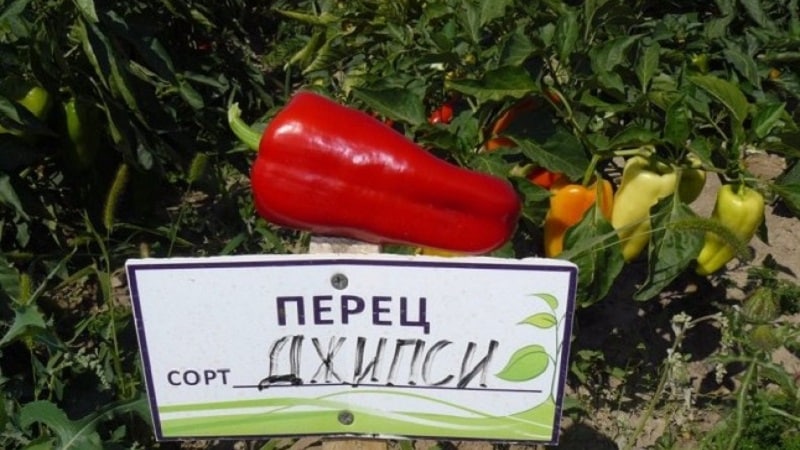
Hybrid F1
Hybrid Gypsy F1 launched in 2005 Dutch company Monsanto Holland. Pepper seeds are supplied to the Russian market by Semenis. In 2007, the hybrid was included in the State Register of Breeding Achievements used for cultivation in the Russian Federation.
This pepper is most often planted in gardens and gardens. Subject to compliance with agricultural technology and care rules recommended for cultivation in the Urals and Siberia (under film cover).
Characteristics and description of the hybrid
Gypsy belongs to the early maturing Dutch hybrids. The first fruits appear 60 days after the seedlings are planted in the beds. The hybrid is intended for cultivation in a greenhouse and in open ground.
Gypsy pepper has a universal table purpose. It is eaten fresh, used in the preparation of various dishes and canned.
Distinctive features
Plant bushes grow to medium sizes, branches are semi-spreading, stems are not strong.
Attention! To prevent the pepper from falling from gusts of wind and under the weight of the fruit, immediately after planting it is called to a support peg.
The foliage of pepper is bright green.
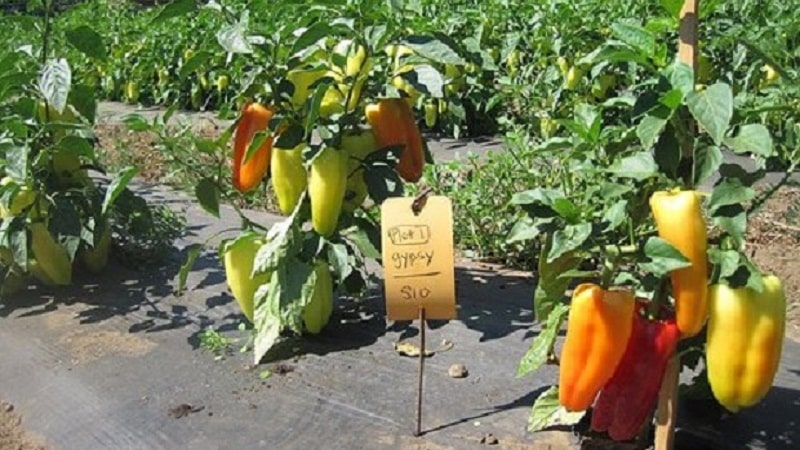
Fruit characteristics, yield
The fruits of the Gypsy hybrid are small, but their shape is even. The average weight of one pepper is 110 g. Length - 10-11 cm, width - 5-6 cm.
Features of the fruit:
- the skin is thin but dense;
- the shape is cone-shaped, gradually tapering upward;
- walls 5-6 mm thick;
- the pulp is juicy, crispy;
- the taste is sweet, without bitterness or pungency;
- Resistant to cracking.
Important! Peppers are technically ripe when they turn yellow. Only fully ripened fruit has a bright red color.
Hybrid Gypsy is consistently productive. During the season, from one plant you can harvest from two to 2.5 kg of pepper.
Preparation for cultivation
Before sowing, the seeds are dipped in a weak solution of potassium permanganate.. Those that float up are thrown away, and the rest are washed under running water, dried and sown in prepared soil.
For Gypsy, as for many other varieties, sandy or loamy soil is suitable with lumps and humus.
It is better to plant pepper seeds for seedlings from mid-February to mid-March. It is then planted in the greenhouse around the end of May. But for open ground, seeds are planted several weeks later, planting seedlings in mid-June.
Gypsy pepper is considered unpretentious, but to get a large harvest, it is important to meet several conditions:
- Warm soil is preferable, so it is advisable to make beds that look like small mounds 40-50 cm high.
- Due to the low foliage of plants during the growing season, it is necessary to choose more shaded places so that the bushes and fruits do not burn from the bright sun.
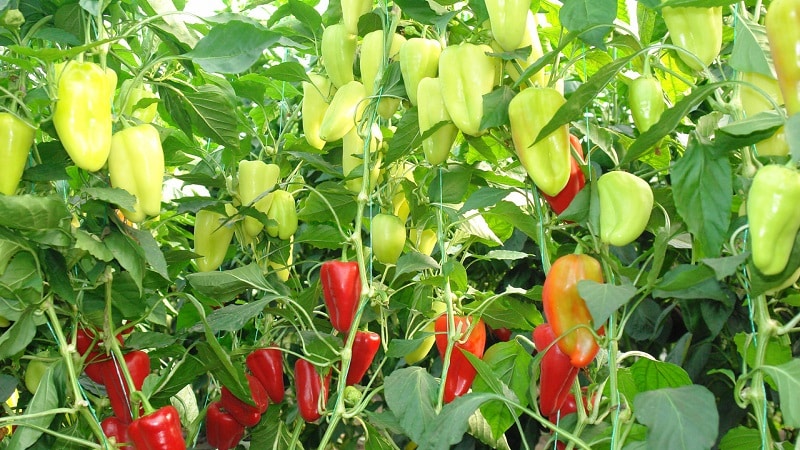
Other Dutch hybrids:
Growing seedlings
Grow seedlings pepper will not be difficult, if you know how to do it correctly.
Planting pepper
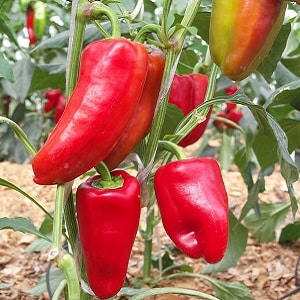 In a pick-up version seeds are planted in a common container in pre-moistened soil to a depth of 1 cm. If without picking, then you need to plant them immediately in separate containers.
In a pick-up version seeds are planted in a common container in pre-moistened soil to a depth of 1 cm. If without picking, then you need to plant them immediately in separate containers.
To ensure reliable germination, you can take 2-3 seeds per container - subsequently leave the strongest plant. Then the container is covered with film and placed in a warm place - for example, near a radiator. Mostly, the seeds germinate within a week, sometimes a little more.
Afterwards, the film is removed and the seedlings are kept at a temperature +16-18 °C during the day and +14 °C at night for a week. This is necessary to prevent the peppers from stretching and forming a powerful root system. During the rest of the period, the temperature is maintained within +18-25 °C.
Further care
Water the seedlings regularly as the topsoil dries out. Picking is carried out only when the top two leaves grow.
During the period of plant growth, several feedings are made mineral fertilizers. The first time - 7 days after picking, or 14 days after germination, if planted without picking. The second time is fed 11-12 days after the first time. The third time, fertilizers are applied a couple of days before transplanting the seedlings into open ground or a greenhouse.
Carefully transplant the seedlings to a permanent placeso as not to break the fragile stems of the plant. Before planting, fertilizers are placed in the hole; humus is best. Peppers are planted in a row at a distance of about 30 cm from each other, and up to 50 cm are left between rows.
Important! During the flowering period, when the fruit begins to form, it is recommended to increase the frequency of watering.
Features of cultivation and possible difficulties
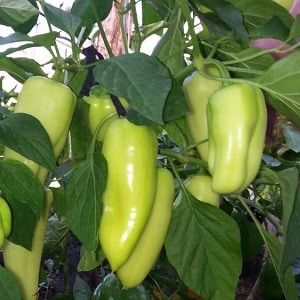 To start it is worth deciding on the place of cultivation and with the exact time of planting in permanent soil.
To start it is worth deciding on the place of cultivation and with the exact time of planting in permanent soil.
According to many gardeners, the hybrid does not tolerate picks and transplants. Therefore, the best option is to plant the seeds in separate pots and peat containers. Pepper seedlings do not have much power. But regular fertilizers and fertilizing stimulate the appearance of lush, dark greenery.
Need a permanent place plant no more than 6 plants per 1 sq. m. It is advisable to immediately tie the bushes to the stakes so as not to add unnecessary stress to the flowering peppers.
Do not forget regularly feed and water the crop.
Typical diseases and pests
Gypsy pepper is resistant to tobacco mosaic, but requires prevention from late blight and bacterial spot. For this, iodine and hydrogen peroxide are used. The bushes are sprayed every two to three weeks with a solution of iodine or peroxide at the rate of 15-20 ml of the drug per 10 liters of water.
The plant can be attacked by the following pests:
- spider mite;
- aphid;
- whitefly
To combat them, use folk remedies:
- Wormwood infusion. Take 200-250 g of dried wormwood and pour 10 liters of hot water. Leave for 30-40 minutes. Then spray the plants with liquid and water the beds.
- Onion peel infusion. Take 100 g of husk per 5 liters of water. Leave the solution for 3-4 days, then process.
- Potato tops. The infusion is prepared from 3 kg of green leaves and potato stems, which are poured into 15 liters of warm water. All this is infused for 2-3 hours, then the pepper is sprayed.
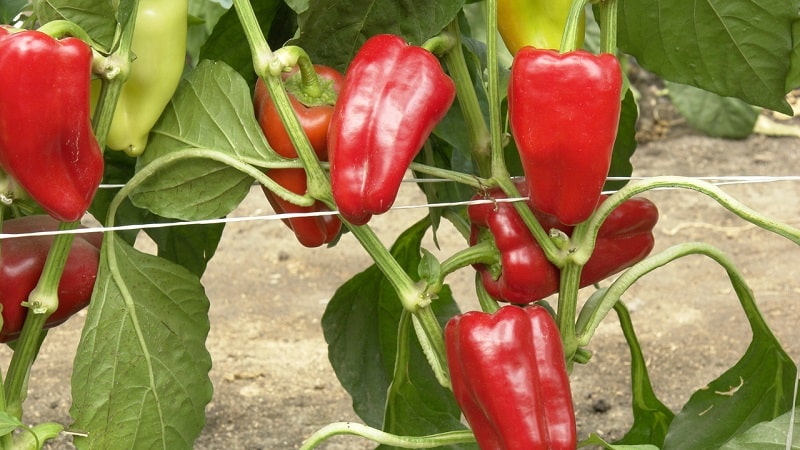
Advantages and disadvantages of a hybrid
The benefits of pepper include:
- dense skin - ensures ease of transportation without loss of taste characteristics and presentation of the fruit;
- pleasant taste and aroma;
- big harvest;
- early ripening - 55-65 days after planting the plants in the beds;
- unpretentiousness;
- resistance to a number of diseases;
- cold tolerance.
Disadvantages of a hybrid:
- thin walls of the fetus;
- The harshness of peppers remains even after heat treatment.
Reviews
Summer residents generally respond positively to the hybrid, there are only some complaints about the taste and thin stems of the plant.
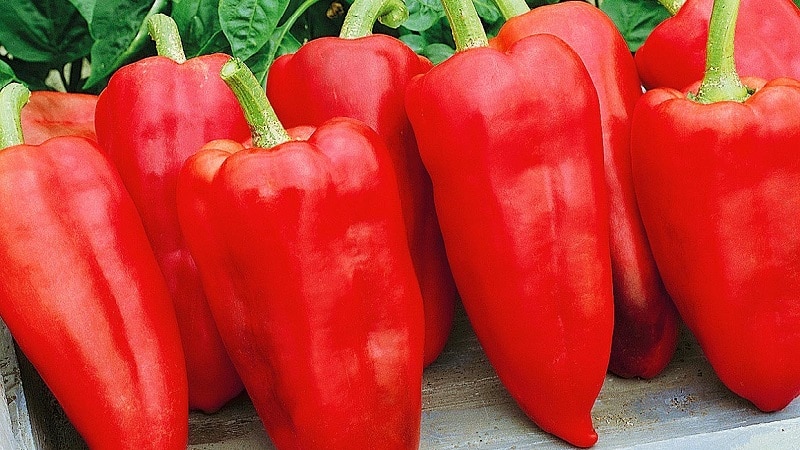
Vladimir, Kovrov: “This hybrid did not disappoint me. I decided to buy a bag of seeds in the store to try. I grew seedlings from them, then planted them in the ground. The peppers turned out to be small and compact, but they had a lot of fruit. I liked their taste and shape. I will continue to plant it and I advise you too".
Maria, Chelyabinsk: “Gypsy pepper is very sweet. We've been friends with him for several years. Every year we are pleased with a large harvest. I mainly use it for salads and canning. I didn't notice any shortcomings. The hybrid is quite easy to care for. The only thing that can be noted is the need to install support pegs for each bush, otherwise the plants will break.”.
Elena, St. Petersburg: “The pepper is not bad, but it’s too sweet, it’s not for everyone. It didn’t stay with me, but not because it’s bad, but because there’s something missing in the taste. In general, it has many advantages and is worth growing for those who are too early to plant more demanding varieties in their garden.”.
Conclusion
The Gypsy hybrid will certainly be of interest to summer residents living in regions with a cool climate, where weather conditions do not allow the cultivation of full-fledged thick-walled varieties.The rich harvest, resistance to disease, and ease of care appealed to many gardeners and hobbyists.